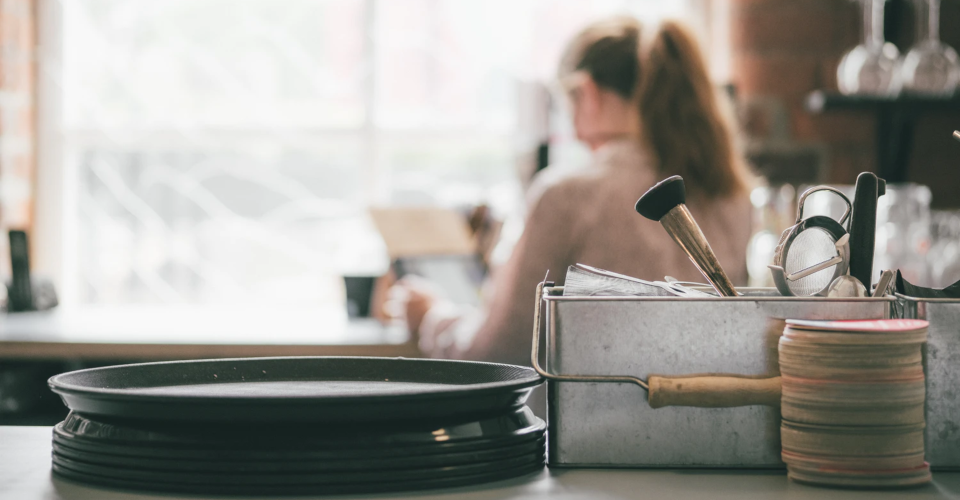Small and Low-Cost Manufacturing Business Ideas
The manufacturing industry is a very promising field if you’re looking to get a business off the ground. Contrary to popular belief, not all manufacturing processes need huge capital. Some can be done with one or two pieces of equipment and a fair bit of learning some new skills.
In this article, we’ll be going over some start-up business ideas in the field of manufacturing. These ideas are low-cost and should be suitable for budding entrepreneurs. We have also tried to focus on business ideas that are relevant given the circumstances that we live in today.
3D Printing
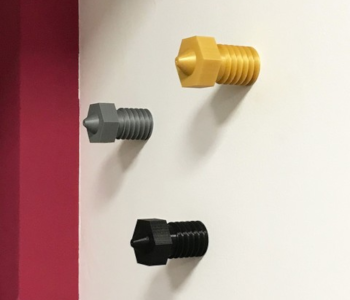
We’ve always been huge fans of 3D printing, whether it’s done for fun or professionally. At the start of the pandemic, the 3D printing community stepped up in a big way, making filter covers and other items that were very useful in keeping people safe and healthy.
This newfound interest in 3D printing has made a lot of people realize its potential as a business. The initial cost of starting this business will go towards buying a 3D printer and the initial stock of raw materials. The materials could be either filament or photopolymer resin.
With a 3D printing service, you can start offering customized accessories, replacement parts, prototypes, signages, and display items. There are just two major limitations to what this technology can do. The first is that all your items will be made of plastic. The second is that you will initially be restricted to 3D models that you can download online.
A great way to augment a 3D printing service is to start learning basic 3D modeling. This can be done with beginner-friendly platforms like TinkerCAD or Sketchup. These CAD platforms can serve as a jumping point towards developing more advanced 3D modeling skills. Once you can design your own 3D models, you will have so much more freedom on the services that your 3D printing business can offer.
Laser engraving and cutting
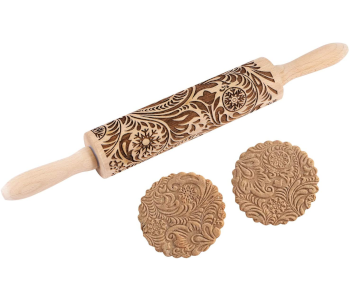
A desktop laser cutter or engraver is easily one of the most versatile tools you can buy. This basically consists of a build platform and a moving laser head that can be programmed using basic CNC technology. By varying the intensity of the laser, it can work with a huge range of different materials.
A laser engraver can make customized invitations, calling cards, greeting cards, wooden frames, signages, or even embroidered cloth. It’s also remarkably easy to use – just about any digital design can be recreated with a laser engraver. The advantage of using a laser as a cutting or engraving tool is that it’s remarkably precise, even for creating photorealistic designs.
Compared to more mechanical cutting or engraving methods, laser engraving has fewer moving parts is non-contact. This has several benefits. Fewer moving parts means that the parts of the machine are less vulnerable to wear and tear, thus needs less maintenance. A non-contact technique is appropriate for handling fragile materials like paper, thin sheets of wood, and fabric. This also lowers the chances of product rejects due to secondary damage.
You can start a low-cost laser engraving business with just a desktop-scale laser engraver. These are pretty cheap but will require a bit of DIY to set up. You will also need a substrate – the material to engrave. Paper or wood is inexpensive, although you may need to study your market to figure out what kind of product will sell.
Eco-friendly cutlery and food packaging
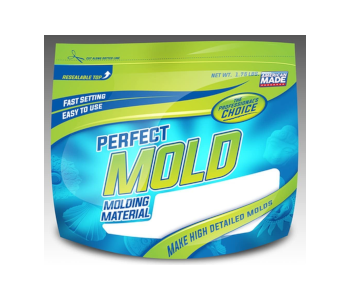
Nowadays, going eco-friendly can be a huge boost in the reputation of a business. The food business, in particular, is leading this pivot to more eco-friendly materials. With take-out meals and delivery becoming more common, you can take advantage of this trend by offering your own eco-friendly food packaging and cutlery.
The easiest way to do this is by using bioplastic. This is a type of plastic that is derived from plant material, making them a lot more sustainable than their petroleum-derived counterparts. Bioplastics can also be more easily broken down into their constituent parts, although this might not always mean that they can just be buried in backyards.
The second component of this business is having a mold of some sort. A mold for plastics can be made using clay or specialty molding material. Creating a mold starts from having a prototype. This can be a piece of cutlery or a food container you have at home. The molding material is then built around this prototype to create a “negative copy” of this shape. Once the mold has hardened, you should be able to use it several times.
Bioplastics can be ordered in pellet form for easier processing. These pellets are heated until they melt, poured onto the mold, and allowed to solidify. It’s important to use thermoplastics that can be melted and solidified multiple times without significant changes in their physical and chemical properties.
Soap making
![]()
Soap making is very similar to making eco-friendly cutlery in that you also have to start with a mold. The major difference here is that you also have to make the soap solution yourself. This requires a bit of chemistry know-how but also allows you to experiment and make your own soap concoction.
Right now, people are crazy for all things organic. This is a market you can tap into. The beauty of soap making is that you’re free to make your own blends to make yourself distinct from all the other soap makers out there.
The ingredients for soap are fairly basic and easy to buy. These include lye (sodium hydroxide), essential oils, coloring agents, and other additives. You can customize a soap recipe with herbs, clays, aloe vera, oatmeal, or any other compound that you think may be beneficial. Nowadays, consumers seem to be more open to unusual ideas.
You will also need to invest in equipment. These include mixing bowls for the equipment, thermometers, and molds. Silicone is the best material for a soap mold and can be made using a simple silicone mold-making kit. Making your own mold and injecting your personality into it is a great way to make your soap stand out amidst a competitive market.
Factor in a bit of trial and error when starting a soap-making business. Even though you may have ideas now, you will still need to test those ideas to find if they are feasible. Soap making is a craft that is only moderately demanding of technical skills – creativity is what is going to make you successful.
Handmade jewelry
![]()
Handmade jewelry is a somewhat open-ended business idea. There’s no single way to go about creating your own customized jewelry. You can integrate it with 3D printing or laser engraving. Other methods include creating jewelry out of resin or simply putting together with ready-made odds and ends.
This is a great avenue for creative people to earn some extra cash on the side. Admittedly, the market for jewelry is saturated. However, there will always be room for someone with fresh ideas. Finding that untapped market and catering to them with your products will be the key to success here.
The start-up capital for a jewelry business is relatively small. The most common materials are beads, gems, wire, plastic, plated metal, resin, and some adhesive. A lot of the costs will have to be spent on marketing – making your products visible is absolutely essential in the jewelry business.
Of the business ideas we have listed here, this is the one that requires the least amount of hardware or technical experience. What is more important are the design quality, the level of polish of finished products, and the uniqueness of your pieces.
Home-made flour
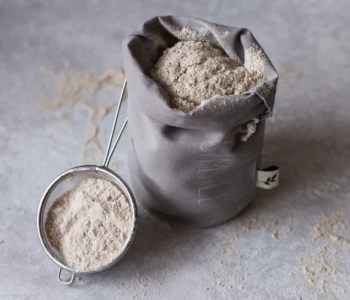
When the pandemic started, one of the supplies that ran out the quickest was flour. People stuck at home suddenly discovered a passion for baking their own bread, either for selling or for personal consumption. Why not ride this wave and start producing your own flour?
The flour-making process starts with you deciding which type of flour you’re going to make. This will determine what type of grain you need to order from a supplier. For keto options, you can also make flour out of nuts or beans. Turning wheat berries or corn grains into flour adds extra value to them. This is how such a business can generate profit.
Although there are a lot of countertop tools that can mill grains or nuts into flour, these probably won’t do for a small-scale business. You will want a mill that is more industrial-grade. These are more expensive but are also designed for sustained use and larger throughput.
Whenever you’re dealing with food, proper storage and packaging are essential in ensuring the safety of your products. It’s essential to keep your materials dry and away from any sources of contamination. It would be best if you have a dedicated space in your house that you can keep relatively clean.
Custom heat transfer shirts
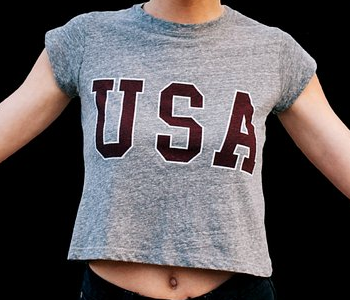
Customized shirts using heat transfer paper have been around for several years. Much like handmade jewelry, this is a saturated market that can still provide opportunities for those who can offer fresh perspectives.
Heat transfer works by printing a digital design on heat transfer paper. This can be done using a standard inkjet printer. The paper is then laid on top of a shirt while heat is applied. This transfers the design from the paper to the shirt. Heat transfer shirts are reasonably long-lasting but aren’t quite as robust as designs that have been dyed directly into the fabric.
Heat transfer is a good business to start because it’s economical even on a small scale. Unlike other shirt printing methods, heat transfer costs the same per unit regardless of volume. It’s also a lot easier to design a shirt using heat transfer – anything you can print on paper can be transferred to the fabric of a shirt.
The major capital requirement for a heat transfer business will go towards buying a heat press machine. This is a clamshell-type machine that allows for an even application of heat and pressure to the shirt. Some machines also come with built-in timers so that you don’t have to keep time for each shirt manually. Heat press machines are affordable and should fit into a large desktop.
Final thoughts
With a lot of people losing their regular jobs because of the pandemic, they had to resort to starting small businesses to earn extra money. If you’re still eager to ride this wave of entrepreneurship, then here are some business ideas without having a huge capital.
No matter which industry you go into, a business will not thrive without serious dedication and discipline. The level at which you are invested in the idea is a lot more important than the amount of money you spend on it.

